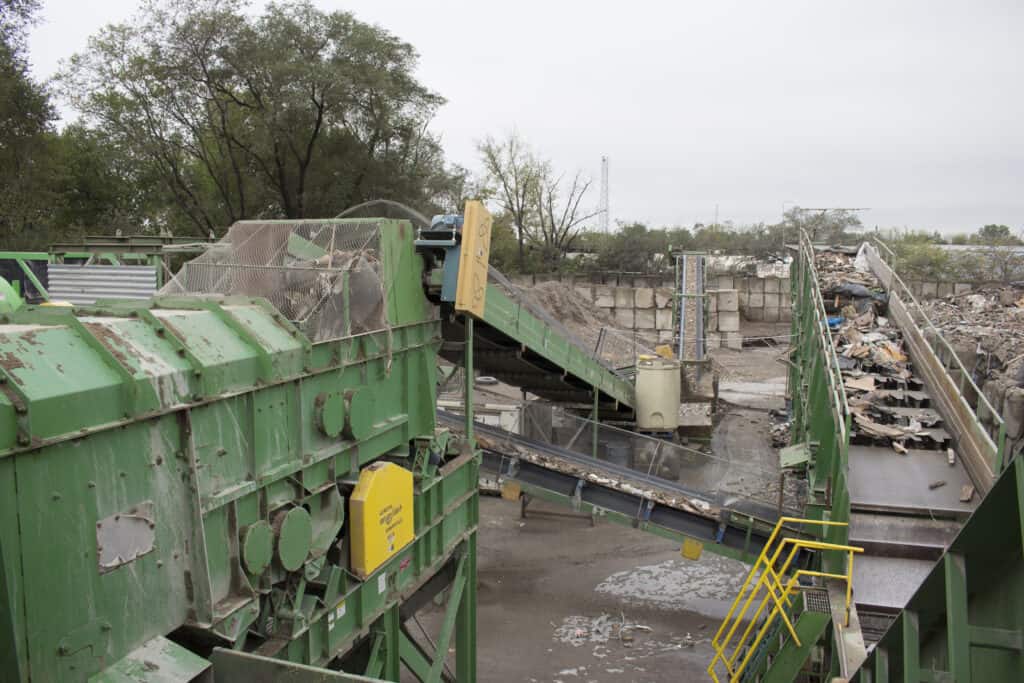C&D Automation
Automation has always been a significant focus in the C&D recycling industry. With technological advances in robotics and AI, automation is becoming easier. Despite this, many leaders in the C&D industry are questioning whether the technology is all there yet.
Many hurdles exist when it comes to automating C&D operations. Often, on their own, robotic sorters aren’t enough to effectively sort materials. However, by integrating manual sorting, robotics, and AI-powered Optical Sorters, some facilities are seeing improvements in C&D recycling automation that have never been achieved before.
Sorting C&D Materials Using AI & Robotics
Thanks to advancements in machine learning and AI, optical sorters can now identify various materials in the C&D waste stream. Combined with robotic pick line equipment, some systems can autonomously sort most C&D materials on a conveyor belt or pick line. Utilizing this technology, some facilities can run automated recycling systems. They can also reduce the strain on existing staff members and reduce labor costs.
Staffing shortages are a leading factor in the development of automated C&D sort lines. However, some people within the industry have expressed that a combination of human staff and AI-powered robots is needed. Often, AI-powered robots struggle to distinguish between clean and usable wood and wood that is damaged or non-recyclable. Additionally, fire hazards, such as batteries, must be properly identified and removed. Most C&D recycling facilities that use robotic sorting equipment also have humans on the line, ensuring that the material is properly sorted by the equipment.
Equipment
C&D is notoriously more difficult to process than other waste streams, such as MSW. The equipment that processes it needs to be more durable and able to withstand abrasive and difficult materials, especially for initial screening and sorting.
The equipment used in a C&D recycling system must recover as much material as possible to maximize profits, while also considering factors such as plant footprint, materials handled, material load, and other relevant aspects. For example, plants that process ferrous/nonferrous metals need a shredder, some plants need float tanks or air classifiers to sort their materials by weight and density (i.e., wood, plastic). Selecting the proper equipment based on your facility’s needs will demonstrate the extent to which automation is feasible. Existing facilities often modify their system within their existing footprint to achieve these goals while also improving their material recovery efficiency.
Sustainability
C&D facilities are pressured to achieve recovery rates of 85% or higher to meet sustainability goals, address local pressures, navigate market issues, and comply with LEED (Leadership in Energy and Environmental Design) certification requirements. Automation facilitates this by tailoring recycling systems to filter out products by material, resulting in higher-quality end products.
Automate Your C&D Systems
The integration of automation into C&D recycling facilities presents a vital opportunity for the industry to enhance efficiency, reduce labor costs, and improve material recovery rates. By combining a standard C&D system with a shredder, AI, and optical sorting technology, you can operate your C&D operation 24 hours a day with Lights-Out™ Optical Sorting Systems.
